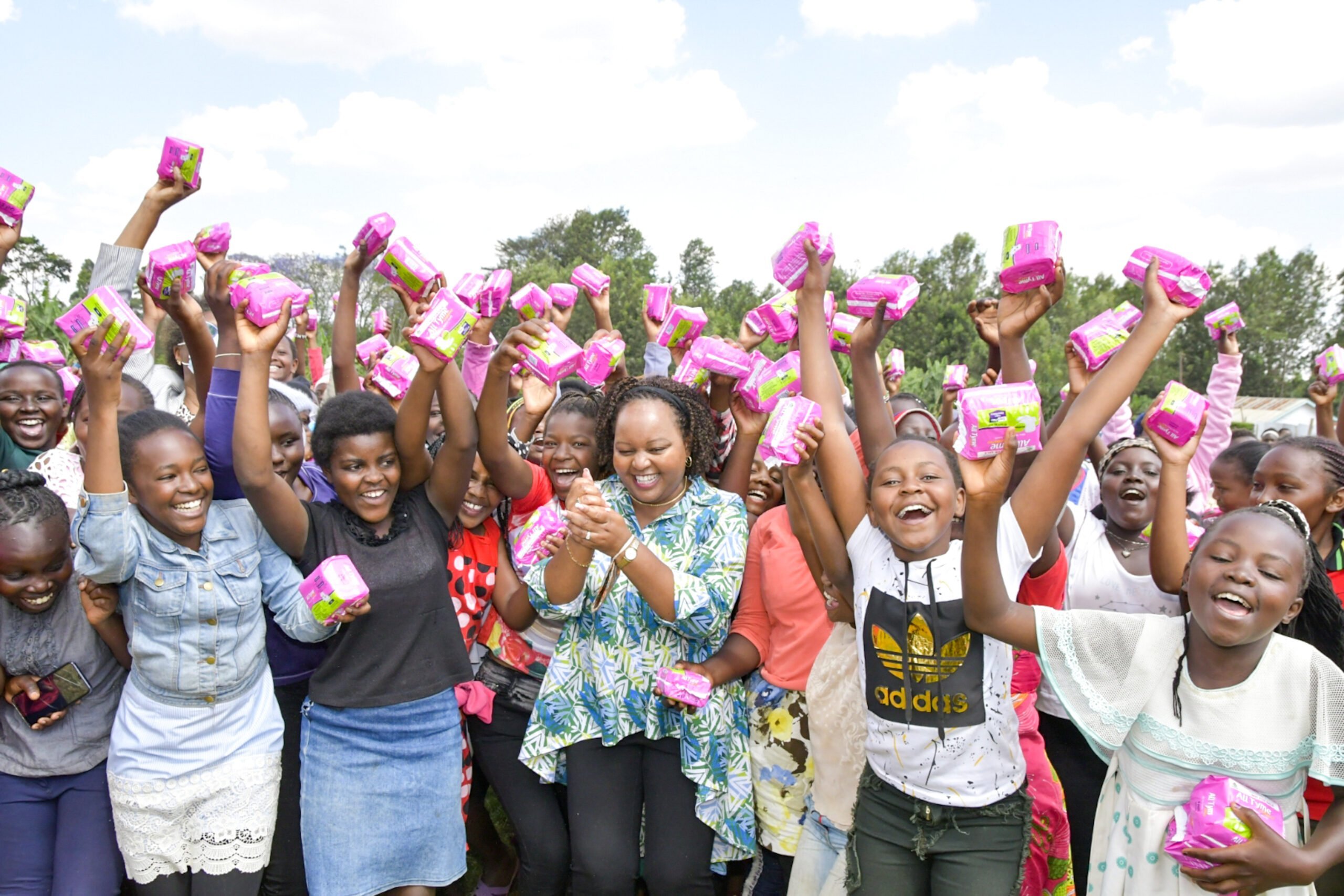By Robert Nyagah
Education stakeholders have been challenged to unite in campaigns to improve declining girl-child school completion rates in public day mixed secondary schools in rural parts of Kirinyaga County.
While the number of girls in secondary schools in the county has improved, according to a section of research findings, there is a weakness in retaining girls in most rural mixed day schools.
Parents specifically are being asked to follow up on drop out cases and be role models as a step towards enhancing retention and completion rates by the girl-child in rural secondary schools.
Research done by an education management expert Kaguma Veronica Wanjiku, under Policy and Curriculum Studies at Kenyatta University, suggests that bursaries and scholarships, among other things, can be used as a way of improving girls’ education in secondary schools.
The research also reveals that existing bursary and infrastructure upgrading by the Constituency Development Fund (NG-CDF) need to be strengthened from the Ward level in the county.
It was further suggested that education policymakers should enforce regulations governing re-entry of girls into school after dropping out for pregnancy and other reasons.
Despite the availability of those policies, the government bureaucracies have been doing little to take girls back to school.
The respondents in the research strongly suggested that parents need to be fully involved in the academic and social lives of the girl child, especially by reducing domestic chores to create study time for them.
According to Wanjiku, improved civic education on the importance of the girl-child education is also key in ensuring girls complete their education.
The scholar said that while teachers need to be better motivated, it was emerging that the creation of one gender schools and building boarding schools had been known to improve retention of girls.
“Parents and guardians should always motivate girls to go to school and maintain attendance, pay fees in time to avoid frequent absence, provide sanitary pads, offer guidance and counseling, provide learning resources, treat all children equitably, provide adequate meals at home and participate in school activities, as well as enforce discipline,” she said.
She stressed the important part played by role models in encouraging girls to concentrate on their studies to completion, an effort which should be accomplished through female guest speakers.
Teachers also, she says, could be the first and key role models; as more are sought in the form of outstanding students both from within their mixed day settings and the neighbouring schools.
Besides, there is need to expose teachers to girl-child needs in seminars and workshops, even as school administrations try to assist them acquire better teaching methodologies, employing more teachers to meet teaching shortfalls, and accommodating girls within the compound.
High school levies were noted as one reason for low retention of female learners in mixed day secondary schools, with those interviewed suggesting that they should be made affordable as schools avoid sending away girls frequently over fees arrears.
The leadership of the mixed day secondary schools should also consider starting income generating activities to reduce the financial burden on parents, cutting down on luxuries such as expensive meals and unnecessary school tours, and informing parents well in advance in case of any system change.
Extra-curricular activities, the scholar argues, have been known to enhance retention of the girl child in schools because they promote social interaction. Such activities as singing, dancing, sporting, drama, handiwork and debating could be strategically positioned to enhance girl-child secondary education completion rates.
In addition, girl-child welfare services, including provision of meals, transport to school, and availing personal effects such as body lotion, shoe polish and neat uniform besides sanitary pads and appropriate toiletries, are good motivators to remain in school.
Others issues to be looked into in concert by all stakeholders are academic performance, interpersonal relations, adolescent morality, discipline, drug abuse and sexual harassment.
To control high levels of permissiveness, the study suggests the launch of effective guidance and counseling services; with such campaigns having been noted to help realize their potentialities through goal setting.
Head teachers, Wanjiku said, could take the advantage of the various strategies when the girl-child is available and is psychologically prepared and ready to learn.
It emerged that poverty, lack of female role models, anti-girl child socio-cultural factors, poor teacher quality, girl-child negative attitude, and ineffective government policies are challenges facing head teachers in the promotion of girl-child secondary education completion.
These are aggravated by school and home-based factors, as well as parental perceptions, hence the need to unite all stakeholders to ensure those girls who drop out are followed and returned.
She suggests that parents should consider equitably investing in higher education for both the girls and the boys as this fosters the realization of the goal of education for all and elimination of illiteracy among all citizens.
Good education for the girl child enhances general understanding of health issues at family level because educated mothers would foster healthy families, better life and conducive academic atmosphere due to high levels of awareness.
The government was also urged to increase funding to schools to reduce the impact of poverty and employ more teachers to increase chances of girls completing their education.






